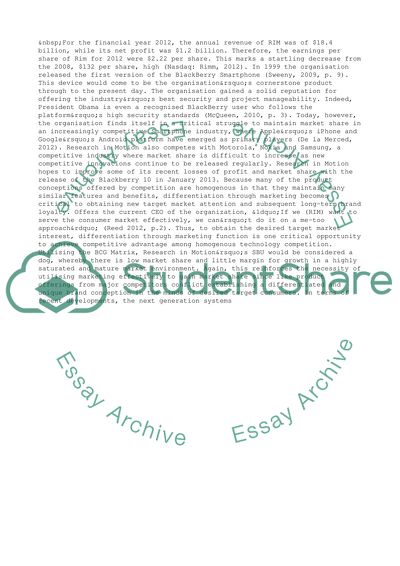Cite this document
(“Business Environment and Strategic Management: Strategic Analysis of Essay - 1”, n.d.)
Business Environment and Strategic Management: Strategic Analysis of Essay - 1. Retrieved from https://studentshare.org/business/1403512-business-environment-and-strategic-management
Business Environment and Strategic Management: Strategic Analysis of Essay - 1. Retrieved from https://studentshare.org/business/1403512-business-environment-and-strategic-management
(Business Environment and Strategic Management: Strategic Analysis of Essay - 1)
Business Environment and Strategic Management: Strategic Analysis of Essay - 1. https://studentshare.org/business/1403512-business-environment-and-strategic-management.
Business Environment and Strategic Management: Strategic Analysis of Essay - 1. https://studentshare.org/business/1403512-business-environment-and-strategic-management.
“Business Environment and Strategic Management: Strategic Analysis of Essay - 1”, n.d. https://studentshare.org/business/1403512-business-environment-and-strategic-management.


